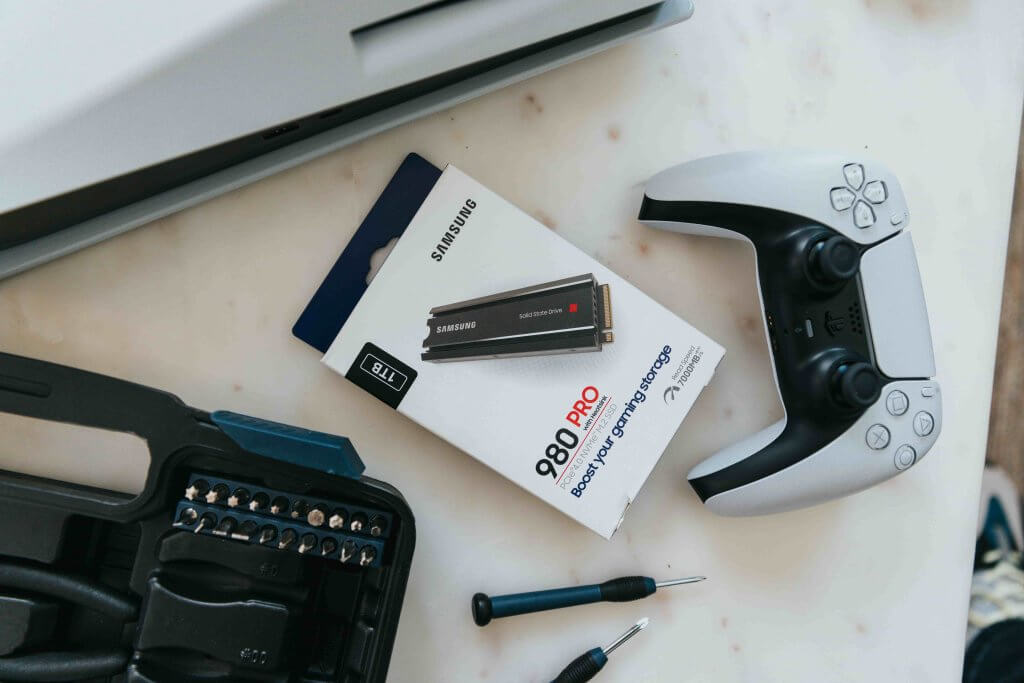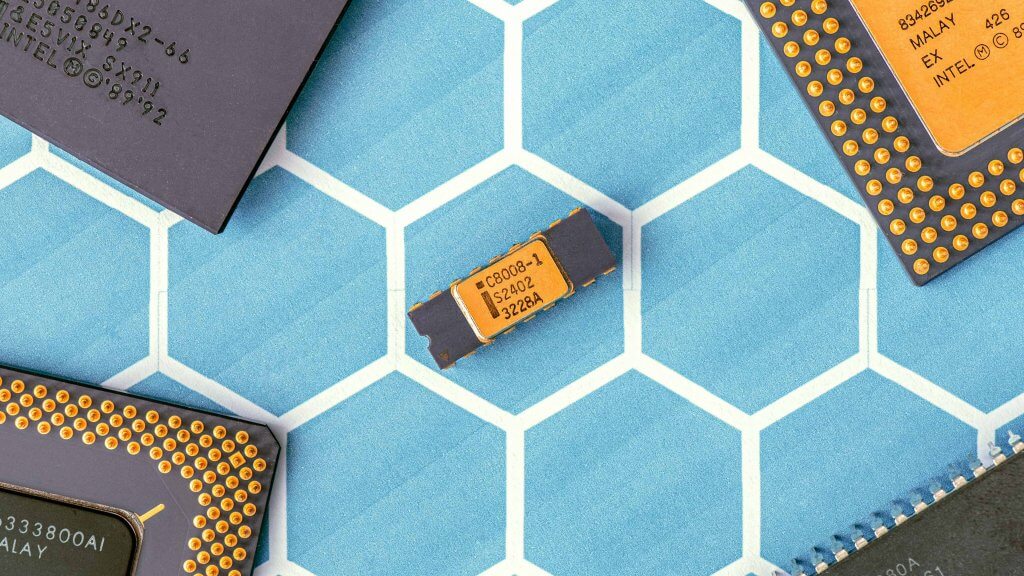In a world where technology evolves at an unprecedented pace, hardware product development stands at the forefront, leading the charge towards innovation and improved human life. As we navigate through this era of rapid technological advancement, understanding the trends and predictions in hardware development becomes crucial for professionals, enthusiasts, and consumers alike. This article delves into the future of hardware product development, shedding light on emerging technology trends and offering predictions that could shape the landscape of innovation in the years to come. From artificial intelligence (AI) enhancing product functionalities to sustainability practices becoming central to development strategies, the horizon of hardware product development is expanding, promising a future where technology not only advances but does so responsively and thoughtfully. Join us as we explore these exciting developments, aiming to provide a comprehensive overview of what the future holds.
Trends in Hardware Product Development

The landscape of hardware product development is perpetually evolving, influenced by a myriad of technological advancements and societal needs. Among the significant trends shaping this evolution are the integration of artificial intelligence (AI) and an increasing emphasis on sustainability. These trends are not just reshaping how products are designed and manufactured but also redefining the very essence of innovation in the hardware industry.
Integration of Artificial Intelligence
The integration of AI into hardware products is rapidly becoming a standard rather than an exception. AI’s influence spans from enhancing product functionality to streamlining the manufacturing process. In smartphones, AI algorithms improve camera quality and user interface personalization. In the automotive sector, AI drives advancements in autonomous vehicles. Beyond consumer goods, AI is pivotal in predictive maintenance for industrial machinery, reducing downtime and saving costs. This trend towards AI integration signifies a shift towards smarter, more adaptive hardware capable of offering unprecedented levels of personalization and efficiency.
Emphasis on Sustainability
Sustainability has transitioned from a buzzword to a foundational element in hardware product development. This emphasis is a response to growing environmental concerns and consumer demand for eco-friendly products. Companies are exploring innovative materials that are both durable and biodegradable, reducing the environmental footprint from manufacturing to disposal. Energy efficiency is another critical aspect, with developers prioritizing low-power consumption without compromising performance. The rise of the circular economy is influencing hardware design, encouraging the creation of products that are easy to repair, recycle, or repurpose. This trend highlights the industry’s commitment to minimizing its environmental impact while meeting consumer expectations.
Predictions for the Future of Hardware Development
Looking ahead, the future of hardware development is poised to be shaped by several promising technologies and consumer demand trends. The revolution in 3D printing, the growing integration of the Internet of Things (IoT), and the demand for personalized and customizable products are expected to be at the forefront of this transformation.
3D Printing Revolutionizing Prototyping
3D printing technology is set to redefine prototyping in hardware development. This technology allows for rapid production of prototype components at a fraction of the cost and time of traditional methods. It enables designers to experiment with complex geometries and materials, facilitating innovation and iteration. Furthermore, 3D printing is making inroads into the final production of parts, especially for small-scale, bespoke items. This trend is expected to accelerate, transforming not just prototyping but the entire manufacturing landscape.
Internet of Things (IoT) Integration
IoT integration is predicted to become increasingly prevalent in hardware product development. This integration enables devices to collect and exchange data, enhancing user experience through improved functionality and interconnectivity. From smart home devices to industrial equipment, IoT is making hardware more intelligent and responsive. The future may see even broader applications, with IoT at the core of creating smart cities and industries. This trend underscores the move towards a more interconnected and automated world.
Personalized and Customizable Products
Consumers increasingly desire products that can be customized to their preferences and needs. This demand is driving a shift in hardware product development towards personalization and customization. Advances in manufacturing technology, such as 3D printing, are making it economically viable to produce hardware tailored to individual specifications. From wearable devices to home appliances, the ability to customize features, aesthetics, and functionality is becoming a key differentiator. This trend is likely to continue, with future hardware offering even greater levels of personalization, bridging the gap between mass production and individual preference.
Innovations Shaping the Hardware Industry

The burgeoning field of hardware product development stands at a fascinating crossroads, marked by transformative technologies that promise to redefine our interaction with the physical world. Among these, two distinct yet intertwined innovations—Augmented Reality (AR) and Virtual Reality (VR), alongside the groundbreaking emergence of Quantum Computing—paint a vivid portrait of the future, illustrating the dynamic shifts and potential that hardware innovation holds.
Augmented Reality and Virtual Reality Applications
Augmented Reality and Virtual Reality have transcended beyond the realms of gaming and entertainment, embedding themselves into various facets of the hardware industry. These technologies offer a new dimension to product design, allowing developers to create immersive experiences that blend the digital with the tangible. In the realm of AR and VR, hardware is developed not just for interaction but for elevating experiences—whether it’s in education, where students can dissect a virtual frog without a real one; in healthcare, where surgeons can perform trial runs of complex surgeries; or in engineering, where designers can visualize and interact with 3D models of their creations before they are built. As hardware continues to advance, smaller, more powerful devices are being developed to support these rich, immersive environments, leading to more accessible and widespread use across industries.
Quantum Computing Impact on Hardware Design
Quantum computing signifies a revolutionary leap forward, with the potential to exponentially increase computing power beyond what is imaginable with traditional silicon-based systems. This leap has profound implications for hardware product development. Quantum computing demands a complete rethinking of hardware design, from the materials used to the architecture of processors. Developers are exploring superconducting qubits, trapped ions, and topological quantum computers, among other technologies, to harness the power of quantum mechanics. This transformative era in computing will not only accelerate the capabilities of hardware but also catalyze advancements in fields such as cryptography, material science, and complex system modeling. As we edge closer to realizing practical quantum computers, the ripple effects on hardware innovation will be profound, compelling developers to navigate a new frontier of possibilities.
Together, these innovations represent just the tip of the iceberg in the evolving landscape of hardware product development. As technology continues to progress at a breakneck pace, the boundaries of what hardware can achieve are being pushed further, opening new horizons for creators and users alike.
Conclusion
As we stand at the threshold of new beginnings in the realm of hardware product development, the journey ahead promises a landscape brimming with innovation, sustainability, and boundless possibilities. The trends and predictions we’ve explored underscore a future where technology not only meets the present-day demands but pioneers new frontiers in design, functionality, and environmental stewardship.
- Artificial Intelligence and Machine Learning are set to redefine how we approach design and manufacturing, making processes more efficient and products smarter.
- The emphasis on sustainability and green manufacturing practices will not only help safeguard our environment but also open up new markets for eco-friendly products.
- Customization and personalization, facilitated by advancements in 3D printing and modular design, will cater to the evolving demands of consumers, offering them products that truly resonate with their needs and preferences.
In navigating the future of hardware product development, the confluence of these trends promises a fertile ground for innovation. Companies and developers that stay informed and adaptable to these shifts are likely to lead the charge in crafting the next generation of products that are not just revolutionary but also responsible. As we inch closer to this exciting future, one thing remains clear: the possibilities are limitless, and the potential for positive impact is immense. Let’s embrace the future, with a commitment to innovation, sustainability, and excellence.